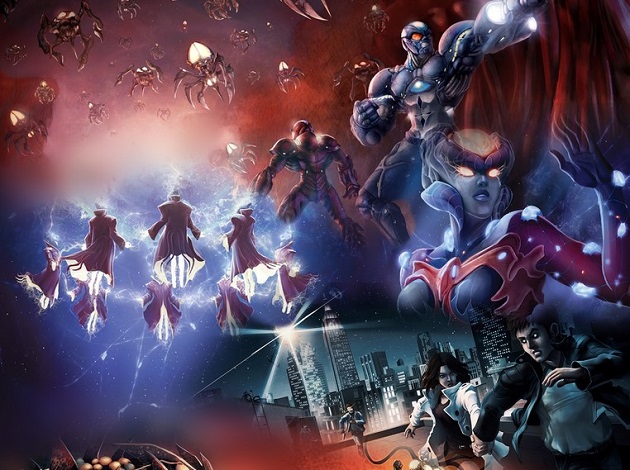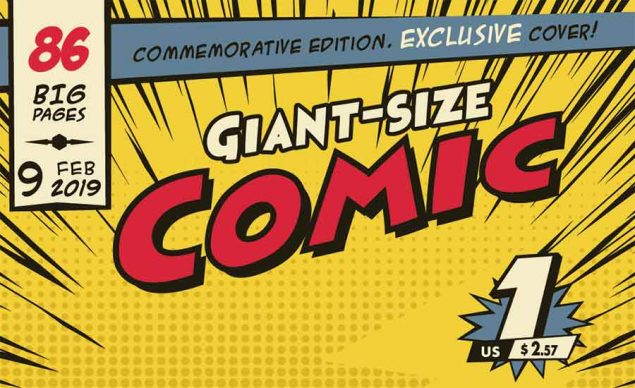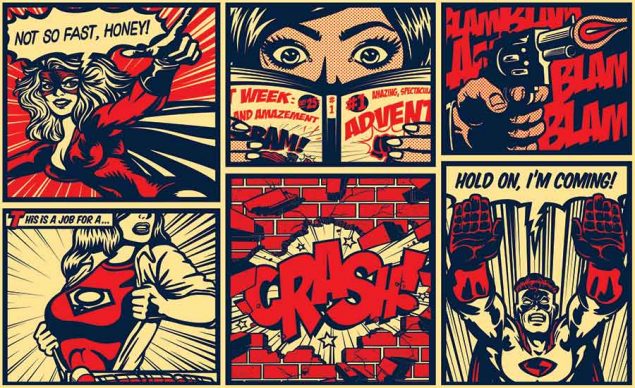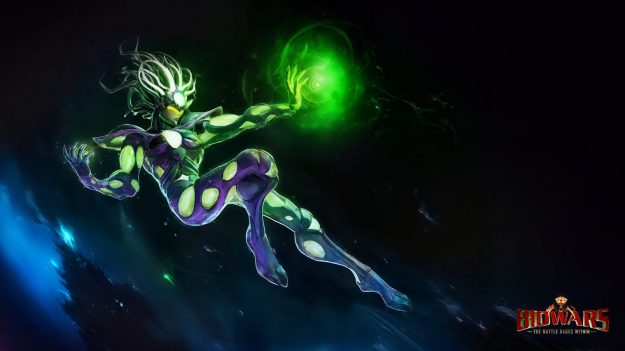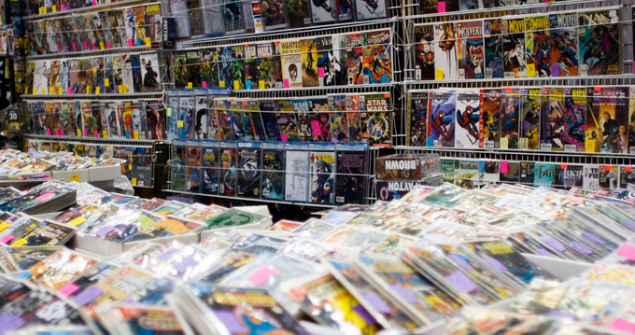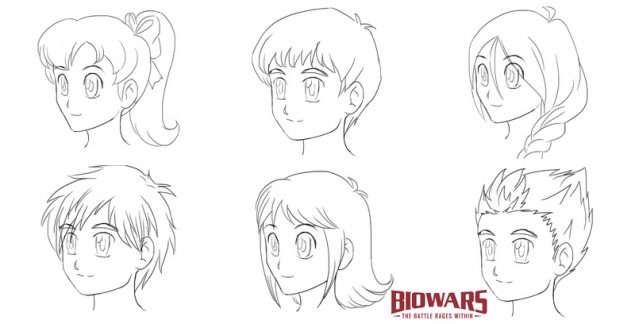Related Resources
Did you know that the Walt Disney studio created the first complete storyboard for their 1933 short, Three Little Pigs?
A storyboard is a practical way of graphically demonstrating how a movie or a video will unfold.
If you’re a comic book creator, you can use a comic storyboard to develop a cohesive storyline and eliminate potential plot holes long before the inking starts.
A great comic book storyboard ultimately makes your comic much more interesting for the reader, and it also helps you, as an artist and/or writer, assemble your comic books with greater ease.
Now, let’s learn more about comic storyboards and discover why you should use them when creating your own comic book.
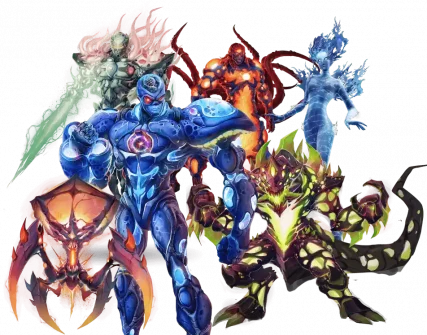
What Is A Comic Storyboard?
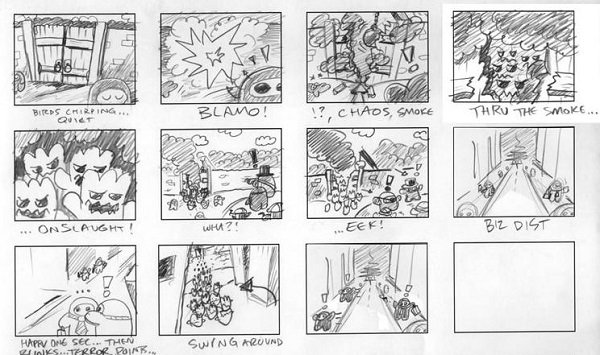
A comic storyboard is a series of drawings placed in cards, forming a sequence of comic frames or panels. Every single drawing represents a specific part of the story. A comic book writer and artist can manipulate these cards to achieve the desired storytelling outcome.
A comic storyboard is a crucial part of comic book creation and a bridge that connects the process of scripting with the final layout of comic book frames or panels.
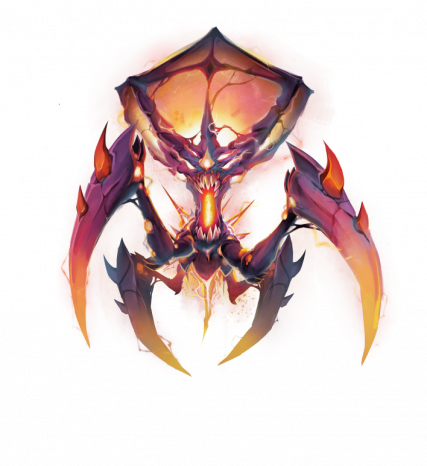
Why Is A Comic Storyboard Important For The Storyline?
A comic storyboard is important because it allows you to create a distinct look and feel of a comic book and bring your vision to life.
Keep in mind that before you start working on a comic storyboard, you should first create a storyline or a detailed comic book synopsis.
Then, when storyboarding starts, you might get new ideas on how to improve and spice up the plot.
Once you create a storyboard, you can go over it to determine what parts are critical to moving the narrative forward vs. what you can toss into the scrap pile. In addition, storyboarding will help you understand if the sequencing, i.e. the order of the panels, should be modified and determine the appropriate pacing for each scene.
This is typically accomplished by laying out each scene in a series of sketches, to convey the desired story and evoke specific emotions.
What Are Comic Storyboarding Shots?
Every movie and TV show you watch is deliberately crafted in a certain way to trigger a specific emotional response.
Comic books are not any different. In fact, comic book artists utilize similar techniques as movie directors and cinematographers to spark greater interest among readers.
What kinds of techniques are we talking about?
We are talking about “shots,” which are video camera recordings filmed during single takes. In the world of comic books, shots are equivalent to the action and dialogue taking place in each panel.
The most commonly used storyboarding shots include:
- Wide shots: Sometimes called “establishing shots,” these shots give the viewer or reader context on the location and tone of the scene.
- Full shots: Closer than a wide shot, full shots often depict characters and events in full, without showing too much of the background in the scene. Full shots are particularly convenient for superhero vs. villain standoffs.
- Medium shots: These shots usually feature a comic book character from the waist up. Medium shots are a great choice when you wish to capture the tension between two characters or portray them in deep conversation.
- Close-up shots: Close-up shots let the reader dig into character’s emotions and allow the character’s facial expressions to tell most of the story.
- Extreme close-up shots: You can use this type of storyboarding shots to zoom in on a particular body part, like character’s eyes or hands or other objects that are vital to the storyline.
What Is The Most Important Element Of A Comic Storyboard?
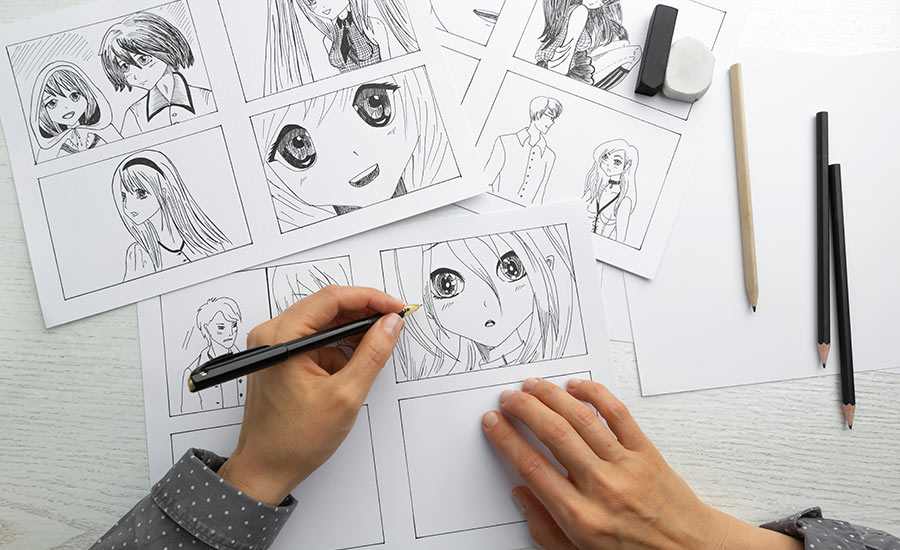
The single most important element of every comic storyboard is continuity. This means that the details you present in storyboarding shots need to be cohesive and sensical.
Continuity between storyboard shots allows you to ensure a natural flow between panels.
For example, when depicting characters as they move in certain directions and explore the environment they’re placed in. Continuity also helps readers keep track of your storytelling.
When you add characters to a panel, you can put the “camera” to their back, in front of them, and/or on their left or right. You can then show characters as they move in various directions.
Most complete scenes contain multiple cuts and angles. Inconsistency in movement or placement may potentially break the logical order of the scene in the reader’s mind.
There are two types of continuity that are needed for a well-made comic book storyboard:
- Movement Continuity
- Dialogue Continuity
Movement continuity means ensuring a character moves naturally and fluidly between shots and scenes.
The two most common directions in which a character can move are left-to-right or right-to-left. When you decide on one direction, you should stick to it throughout the entire sequence.
You can place the fictitious camera at various angles and distance it from the scene subject as much as you want, provided the character movement direction remains the same in all of the scene’s shots.
Dialogue continuity is sometimes difficult to achieve because some scenes include very little character movement, while the setting remains the same. This is often the case in scenes where characters are seated and engaged in conversation.
To ensure dialogue continuity, you must think about characters’ positions. For example, think of a tennis match during which the spectators facing the court shift their heads left and right every time a player on the opposite side hits the ball.
The tennis players’ positions remain the same and the spectators can always tell which player is which. The same rule goes for comic book characters. If they randomly changed their positions in shots all the time, readers wouldn’t be able to follow the story and set characters apart.
When creating a comic book storyboard, dialogue continuity is possible only if character positions are consistent.
For instance, try to imagine an invisible line connecting two characters who are pictured sitting down. The bar is also splitting the panel into two parts. As the artist, you need to choose which side of this line you want to put the camera on. The camera can move around the chosen area, but it must not cross the invisible line — it must remain on one side for the entire scene. If the camera suddenly switched to the other side, the characters’ positions would change, confusing readers.
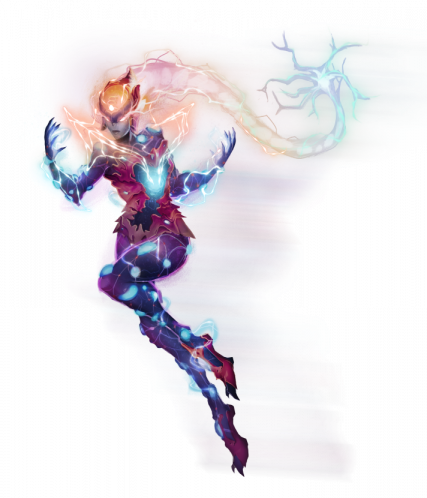
5 Benefits Of A Comic Storyboard
Comic book storyboards help comic creators identify roadblocks in time, making the comic creation process both cost-efficient and time-efficient.
In addition to helping you improve your storyline, here are five more reasons why comic storyboards matter:
- Storyboards help you organize shots: Storyboards help you manage shots into a logical sequence that is easy to follow. They allow you to revise the panel sequence and shots until you establish the best storytelling order.
- Storyboards allow you to understand if a comic book concept is a hit or miss: A storyboard helps you realize if a concept for a comic is working or not, allowing you to establish the direction in which the comic should go next.
- Storyboards allow for efficient use of money: A storyboard allows you to visualize the final product. This way, publishers can know exactly what you have in mind and plan the comic book production accordingly. Storyboarding also helps you minimize errors during the comic creation process, which reduces unplanned expenses.
- Storyboards help you identify errors: Storyboarding is handy because it helps you notice mistakes regarding narration, shots, drawing and other aspects of comic book creation before the costly production starts.
- Storyboards ensure all parties involved in the comic creation process are on the same page: The vision you and your publisher have for a comic book must align before production starts, and storyboarding is the perfect way to make sure everyone is on the same page.
Where To Find Comic Storyboard Templates
Now that you’ve learned the benefits of creating a comic storyboard, it’s time to create a storyboard on your own.
You can either pick up pen and paper or your preferred digital drawing tool and start storyboarding.
If you’re having trouble getting started, you can check out some storyboard template resources, such as Adobe or Canva. These platforms are particularly useful to beginners.
Both websites include a collection of free storyboard templates, allowing you to customize them until you’re happy with the storyboarding outcome.
So, How Does A Comic Storyboard Help Comic Book Creators?
Making a comic storyboard is crucial for understanding if your story is headed in the right direction.
Storyboarding may help you realize that some plot elements need improving or that a particular panel order doesn’t work well for the story. In that case, you can make necessary adjustments to ensure your plot is engaging long before you start inking.
Remember, the key elements of every comic book storyboard are shots (from wide shots to extreme close-ups), continuity of movement and dialogue. These are the three major factors that largely impact the cohesiveness and flow of a comic book.
So go ahead, give storyboarding a try! If you have a comic book concept and want to make it work be it alone or with friends, you will benefit from following these simple tips for building a storyboard.

